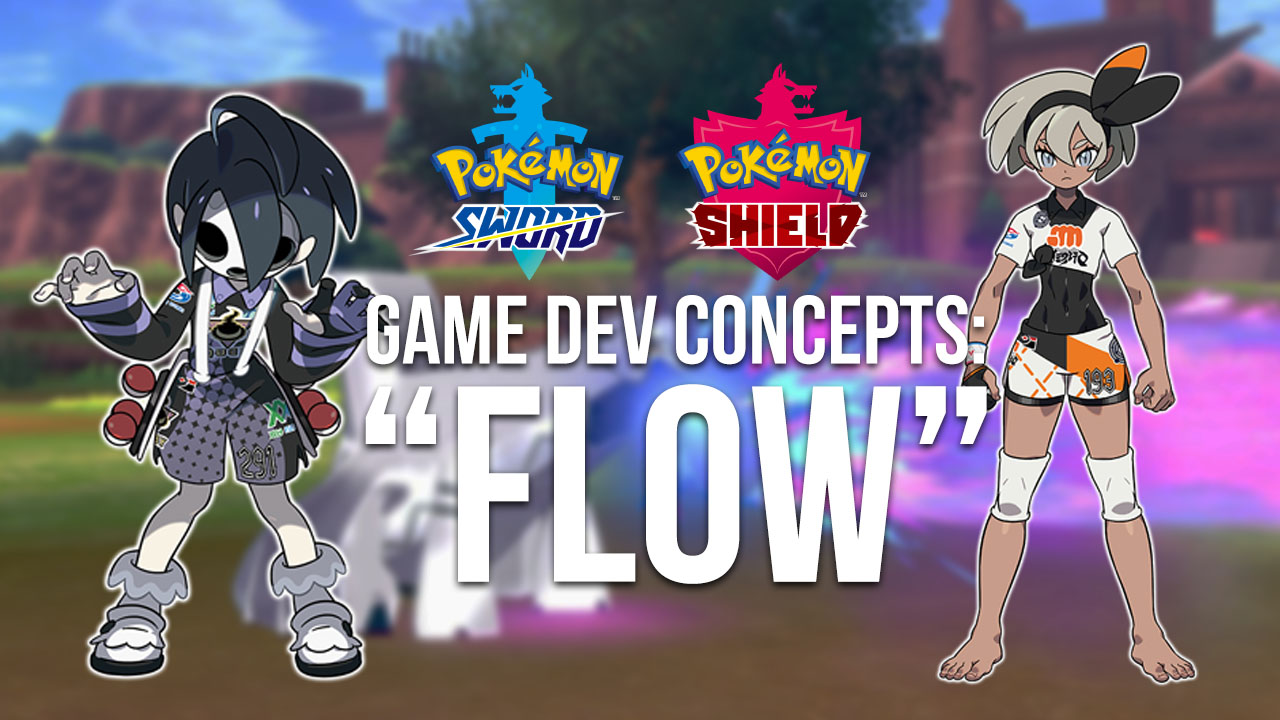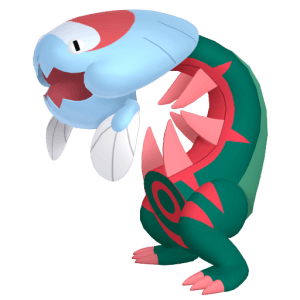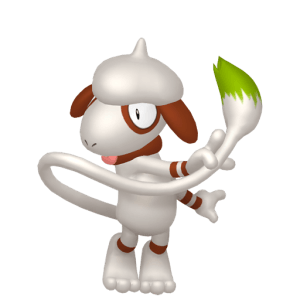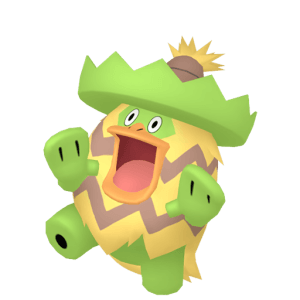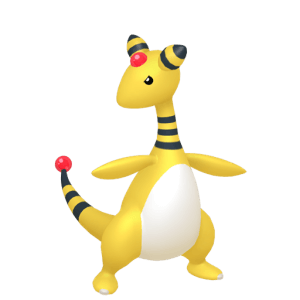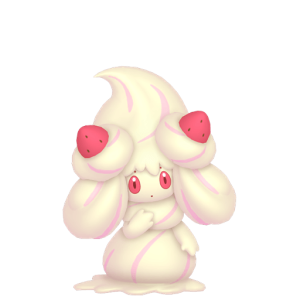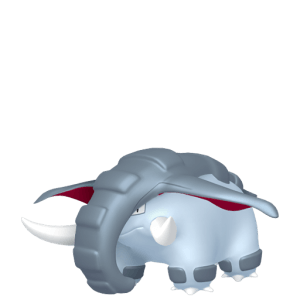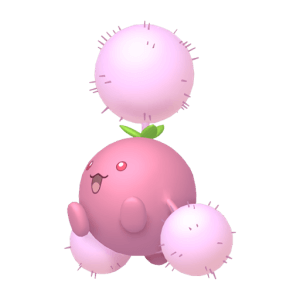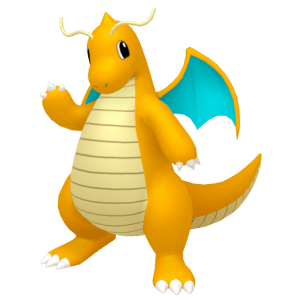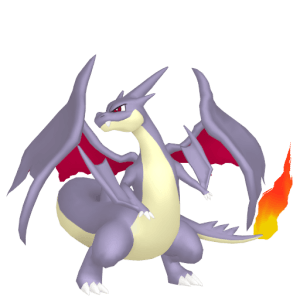Why I’m excited about Sword & Shield
I suppose none of us here is going to deny it. Pokémon games are extremely engaging. When we play it, the world of Pokémon dominates our attention and captures our imagination, mind, and heart. In fact, it puts us into psychological flow.
Friend: “Hey, what’re you doing?”
Ralph: (staring at his NDS) “Gengar, I choose you!”
Friend: “Hello?”
Ralph: (still staring at his NDS) “Gengar, use Shadow Ball!”
Friend: “… and that’s why you don’t have a girlfriend.”
“Flow experience” is an influential concept in game design. It refers to a special psychological state that causes a person to become totally absorbed into an activity and to develop a strong desire to engage in the said activity again afterwards – needless to say, game designers want their games to put players into flow. Pokémon is no exception.
How to put someone into flow, you may ask? According to current research, flow is most likely to happen when the person’s skills match the challenge posed by the activity. Consider the following graph:
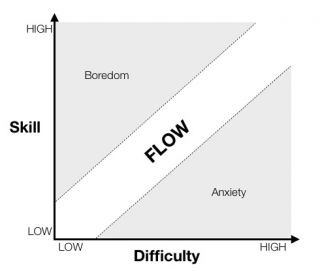
On the other hand, as people keep doing an activity, they tend to get better. This, combined with the principle of flow, is why in most video games, we note a general trend of increasing difficulty – as the players play more, they tend to get better at the game, which means they require a higher level of challenge to attain flow.
This applies to Pokémon games as well: At the beginning of the game, you have a limited selection of Pokémon and moves; On the type chart side of things, early game Pokémon are mostly limited to Normal, Flying, Bug, and the starter types; As the game progresses, range of Pokémon and moves get wider, making decision-making about team comp require more effort. Type variety increases, making memorizing and utilizing type match-ups harder. Opponents begin to have multiple Pokémon on their team and utilize non-damaging moves, making tactics more complicated. There are the occasional difficulty spikes, namely during important fights such as gym leader battles, but still, if we plot a curve with Y-axis being difficulty and X-axis being time, for a typical Pokémon game, we will have a gently increasing line.
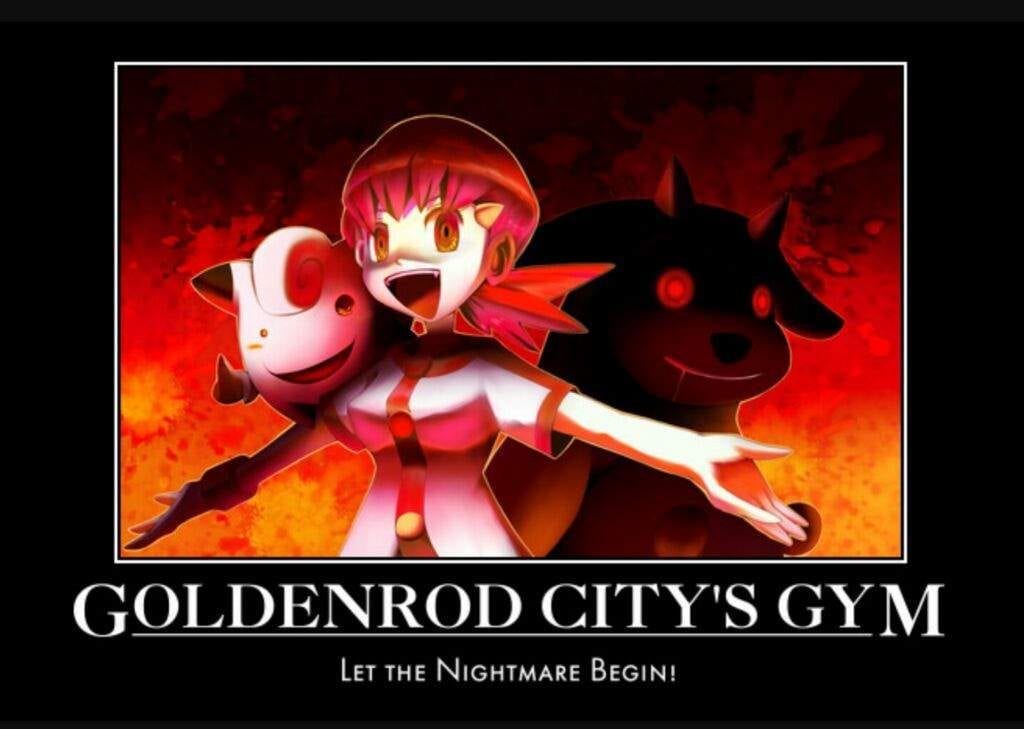
But Pokémon isn’t just any franchise: it is a massively successful franchise with a huge number of players. This player base is diverse in terms of how devoted they are – some players have competitive-level skills, while others can barely recite the type chart. A battle that requires basic understanding of type chart, for instance, is going to be boringly easy for the former type of player but reasonably challenging for the latter. Thus, Game Freak face a problem – how to design the difficulty of their games, such that they can put both experienced and novice players into flow?
The problem can be seen in Pokémon X & Y; the majority of the AI trainers have just 1 Pokémon, and some of your rivals don’t even have full movesets on their Pokémon during their final fights. The Kalos Pokémon League is, in my opinion, the most pathetic Pokémon League in the franchise’s history. Whilst novice players can be entertained, more hardcore players, if Twitter and Youtube comments are any indication, weren’t all that happy – Game Freak faced the aforementioned problem with making both types of players happy.
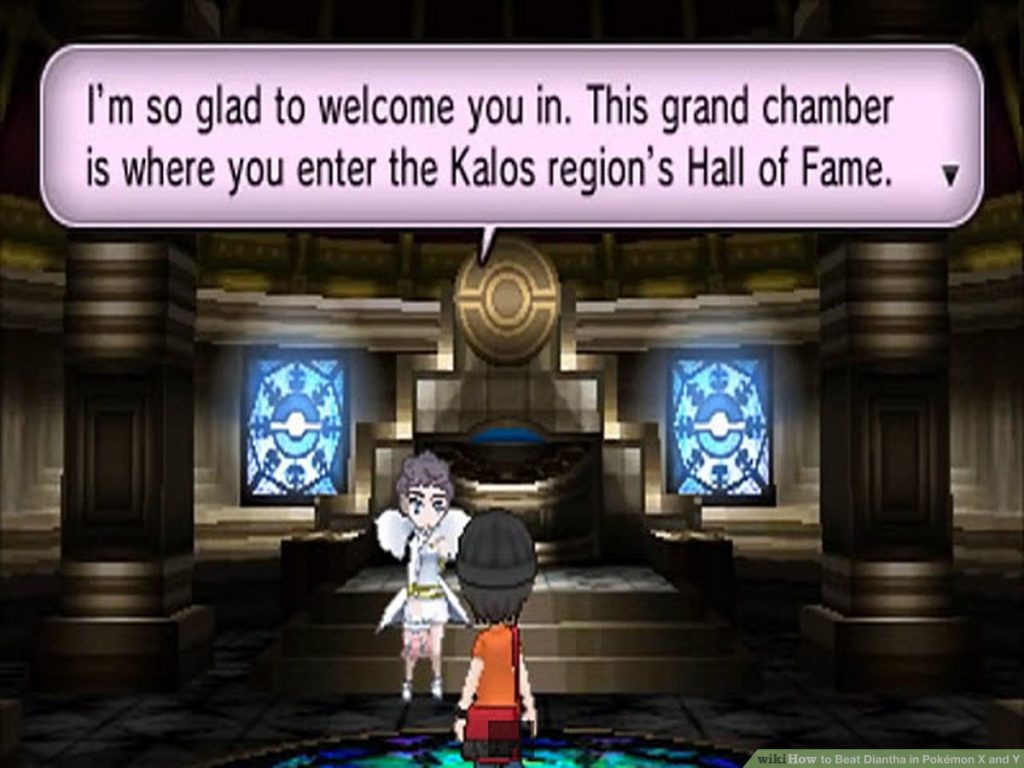
How to solve this problem? The easiest way out is to add a difficulty setting function, and let players choose which level of difficulty they want to play at. But for some reason, it seems that some Japanese developers really, really hate difficulty settings. Challenge mode, which debuted in Pokémon Black 2, has shown no signs of returning.
Alternatively, let me look at more recent Pokémon games, namely:
- Pokémon Sun & Moon
- Pokémon Let’s Go
A comparison between these two games gives an interesting pattern: Sun & Moon, as far as I can tell, is obviously geared towards longtime fans – it has significantly higher difficulty than Let’s Go, larger pool of Pokémon species to play with, held items, and massive amount of references to older games (which only longtime fans are going to appreciate). On the contrary, Let’s Go is very much designed for novices, not only is it far easier, it also utilizes elements from Pokémon Go, whose recent success has drawn a new batch of fans to the franchise.
So this seems to be Game Freak’s solution: they are dividing the main series games into two streams – one geared for more hardcore players and one for novice players. And if the reception to Sun & Moon and Let’s Go is anything to go by, their solution is working fantastically.
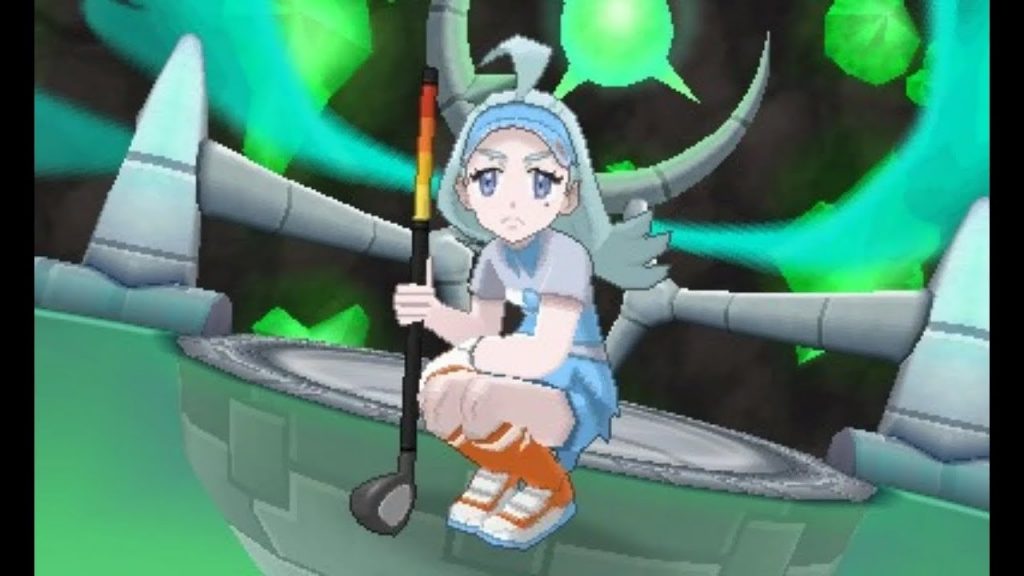
It’s a safe bet that Sword & Shield will be a successor to Sun & Moon rather than Let’s Go. Recent trailers for upcoming Nintendo Switch titles suggest that these games are meant to please longtime fans—there were competitive-only items,such as Room Service and Eject Pack, and an evolution for Farfetch’d has been revealed, something that longtime fans have been requesting for generations. Pokémon from generations beyond the first, aka Pokémon that only longtime fans bother to remember, are also getting love, like Galarian Zigzagoon.
Game Freak seems to have put a lot of thought into the flow of their upcoming games and, from the information released so far, it appears that longtime fans will get the challenge they’ve been waiting for.

